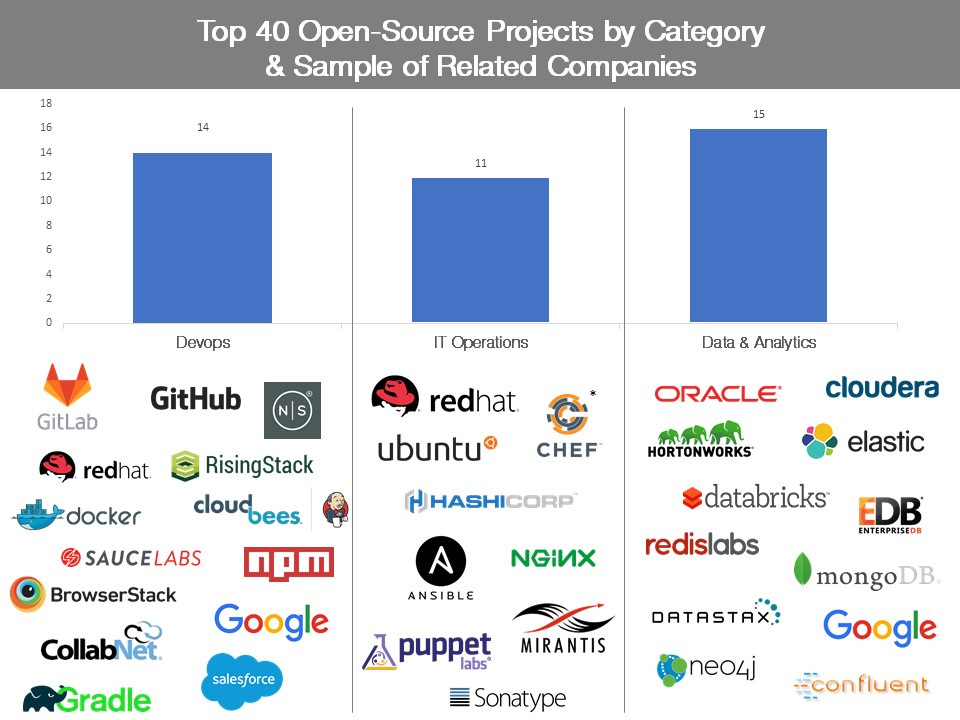|
Listen to this story
|
For an audio streaming platform, Spotify contributes heavily to the open-source community. Like every tech company worth its salt, Spotify has plenty of skin in the open-source game and is going for more. The company joined the Open Source Security Foundation this year in March, a pan-industry effort launched by the Linux Foundation.
Spotify’s strides in open-source
In April, the company announced a Free and Open Source Software Fund starting at €100,000 to push independent open-source projects. The company’s open-source tech lead (yes, the streaming giant also established an open-source program office), Per Ploug, wrote a blog post clarifying that ‘this is just a starting amount’ and that the company was just initially testing out the initiative before doling out more money and deploying it across more projects.
For most of the decade gone by, the Swedish company has had a more informal group of employees who otherwise held other full-time roles, for its OSPO or Open Source Program Office. Spotify definitely has become more serious about the division and is actively hiring for more positions in the team after appointing Ploug to head it full-time.
Origins of Backstage
Aside from these, Spotify is also revving up the engine to commercialise its developer-focused project, Backstage, which was recently accepted as an incubating project at the Cloud Native Computing Foundation or CNCF. Backstage was open sourced almost three years ago and has been adopted by engineers at companies like Netflix, American Airlines, Splunk, Epic Games, VMware, Twilio, Roku, Box and LinkedIn.
Backstage helps users create customised ‘developer portals’ which pulls together the range of myriad tools, data, services and applications within a company onto a single interface making it a one-stop shop for developers to access their cloud providers’ consoles, find necessary documentation and troubleshoot Kubernetes.
Naturally, because of the project’s community-driven make-up, Backstage itself will have the best version of itself. Also, because Backstage has been accepted by some of the most noteworthy corporations, Spotify’s own service offerings are also guaranteed a spot among the set of ‘developer portal’ tools.

How does Backstage help?
In a podcast hosted by ThoughtWorks’ Kimberly Boyd, Austin Lamon, the head of Backstage spoke about the germination of the project. “The first real use case we had within Spotify was this idea of provisioning capacity. Essentially, we’d move from the data center into the cloud. Even in the data centre days, we needed to be able to spin up resources somewhere to execute some software to do some job. Backstage was sort of the thing behind the scenes that was controlling the puppet, if you will, and allowing us to create new resources,” he said.
Backstage, Lamon says was born out of Spotify’s own need for easy onboarding. “It started with engineers, but it was also through product managers, designers and other functions. There was all this tribal knowledge you really needed to be effective. Backstage was born out of this need to onboard effectively and it was on both sides. We had both people joining, wanting to be productive, struggling, and a little disappointed in that onboarding experience,” he explained.
Lamon states that was a section of the population that complained about spending all their time onboarding instead of being productive. “Backstage started with this metric of how can we really measure and make onboarding more effective, and now fast forward, became this tool for enabling engineers to do their job day in and day out, but also creating these reusable patterns and these sets of tools and really almost codified culture that allows teams to build products,” he said.
Backstage’s streamlined developer environment helps users set up work environments that can get up to speed with new features, find breakages and collaborate better between teams. Backstage has templates for building software that meets the team’s best practices and comply with security standards. Developers can use plugins for pre-built solutions and tools.

Benefits of Spotify’s efforts in open-source
Is Backstage actually helpful? Ryan Donovan, a technical writer with Stack Overflow wrote a blog about how he spent two years doing things that Backstage did for free.
Spotify’s close association with the open source community isn’t the unlikeliest, neither for a tech company nor for a media organisation. Meta’s React.js or Microsoft’s VS Code and Google’s Tensorflow or Flutter are all open-source projects which have popularised themselves. The other media company, Netflix runs a bunch of different open-source projects that can solve different functional problems. FlameScope, an open source tool solves its latency problem in a distributed microservice application. Netflix also has Falcor, an open-source library for data fetching comparable to graphQL.
“Spotify is one of the best developer companies right now. The idea behind investing in the open-source ecosystem has several benefits — its first and foremost a brand-building exercise for these tech companies which can otherwise be accused of being selfish about their tools and platforms. It attracts developers who can then work on the product itself and third, it makes a hiring funnel for these companies. The developers who stand out while working on these projects are immediately plucked out and hired by the company backing the project. It creates goodwill for these companies in the community and obviously there’s an agenda but it eventually really helps everyone,” Abhijeet Katte, who leads product, growth and revenue at MachineHack said.
Katte said that while Spotify’s ultimate goal is to build playlists of music and podcasts, the robust community backing it ends up working on multiple different functions. “What Backstage does ultimately contributes to Spotify’s business but ends up helping a bunch of other companies and groups along the way,” he added.










































































